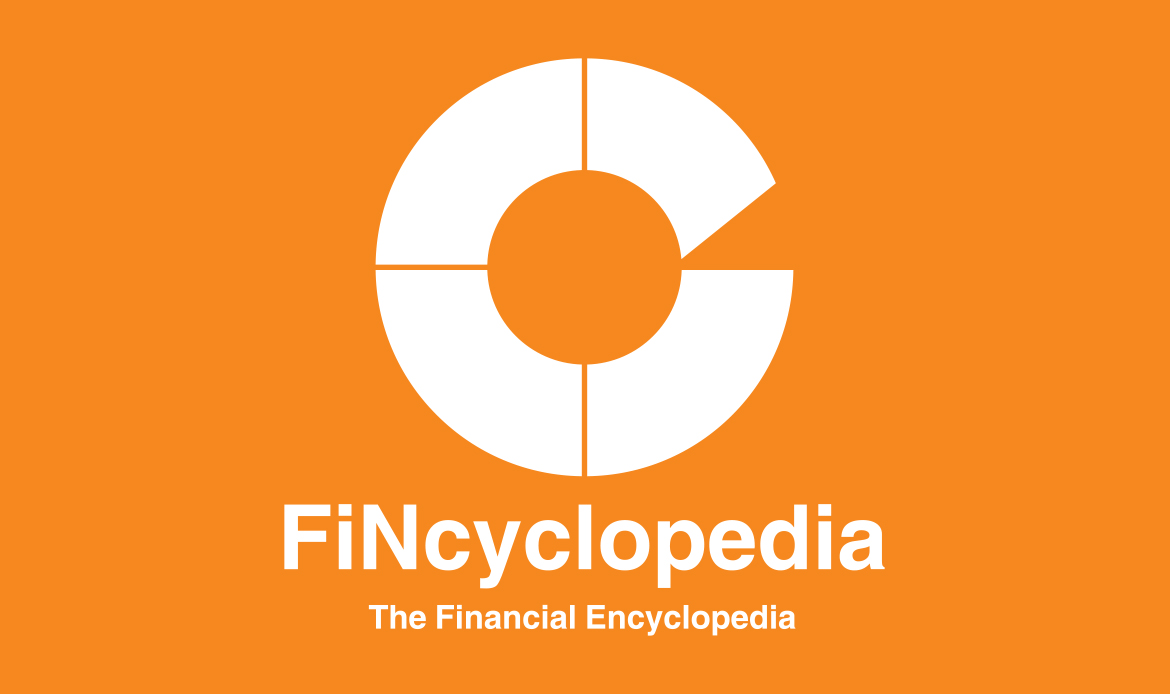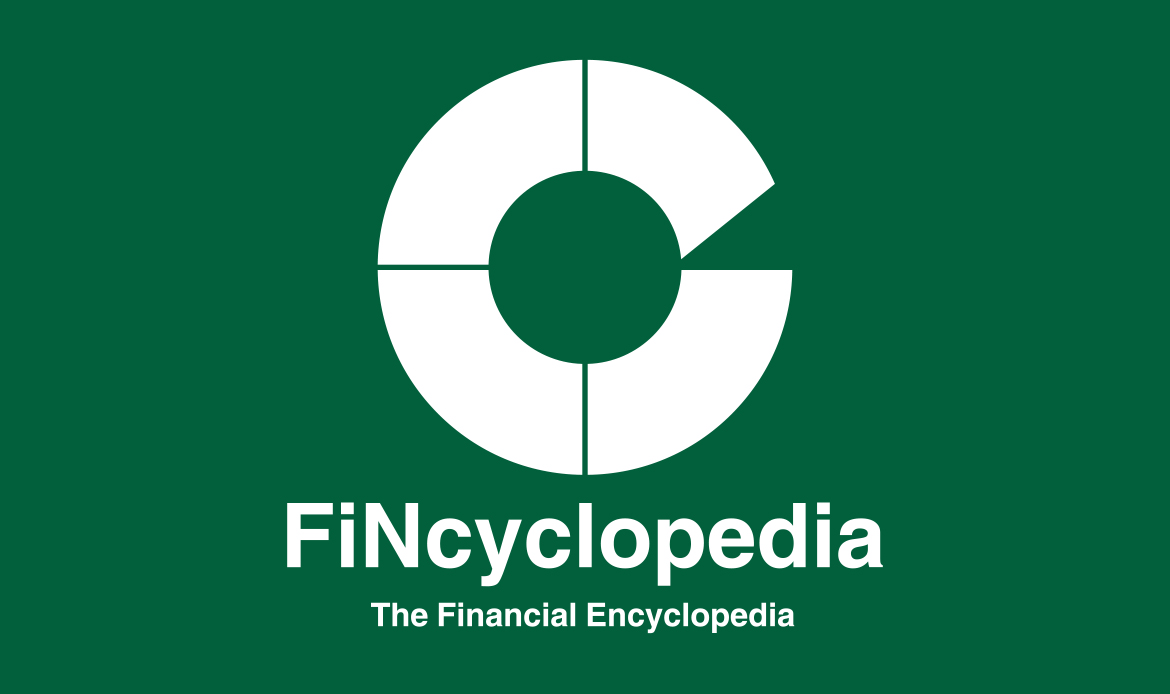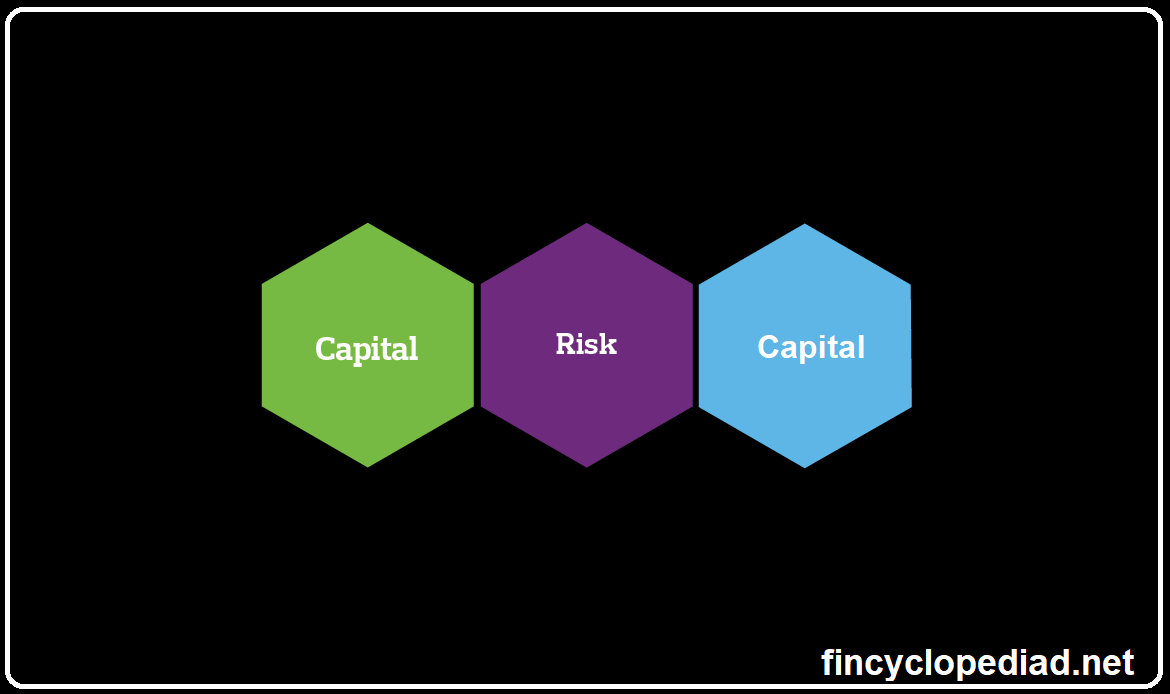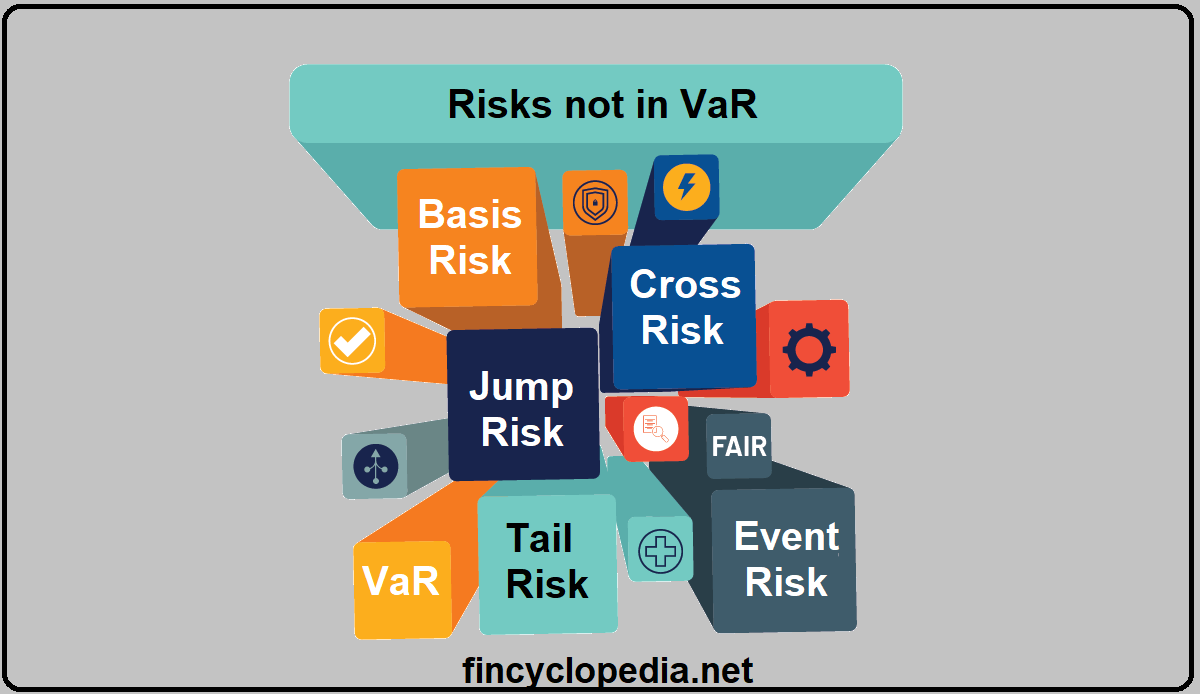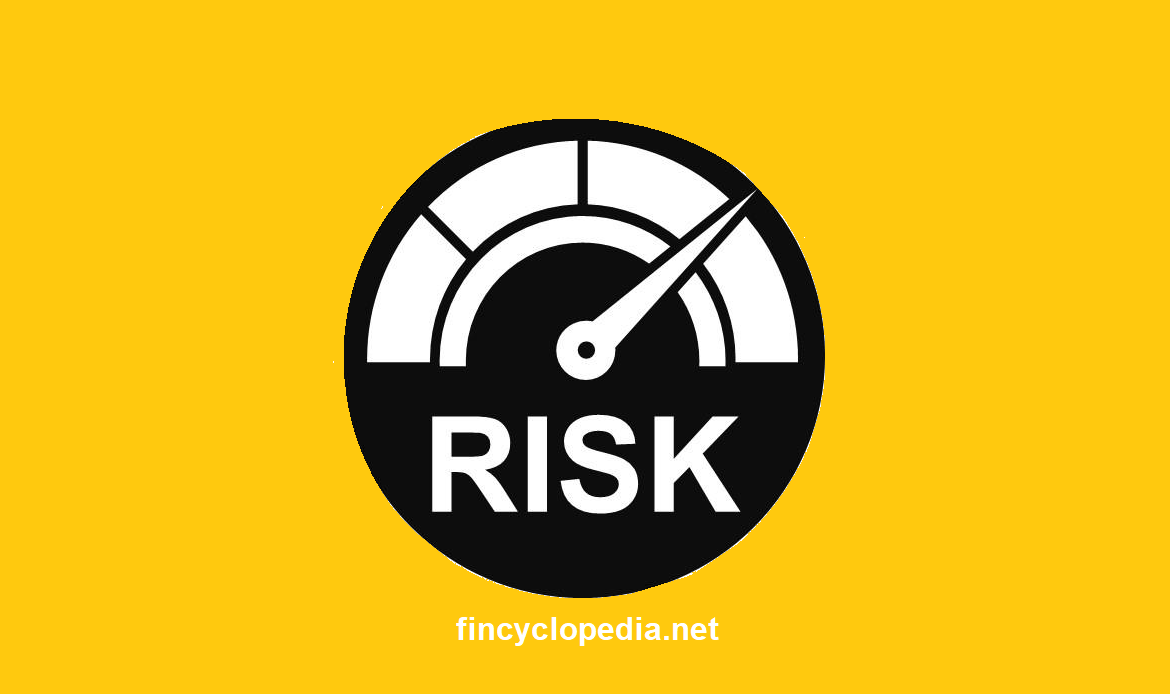Assets which are adjusted to relevant risks by multiplying their values by the proper risk weights. Risk-weighted assets (RWAs) measure the riskiness of the assets of a bank (those held on and off its balance sheet). The riskier the assets, the higher the RWAs and hence the higher the required capital. Risk weights range from 0% for risk-free assets, such as government bonds, to 1250% for risky assets such as CCC-rated assets.
According to the original Basel accord, a bank is required to maintain capital equal to at least 8% of the value of its risk- weighted assets in its banking book. For example, if a bank has risk-weighted assets of $1,000 million, its capital must not be less than $80 million. The capital ratio is calculated using the concepts of regulatory capital and risk-weighted assets. The risk-weighted assets are related to three types of risk: credit risk, market risk, and operational risk. Total risk-weighted assets are determined by multiplying the capital requirements for market and operational risk by 12.5% and adding the resulting figure to the sum of risk-weighted assets for credit risk.


